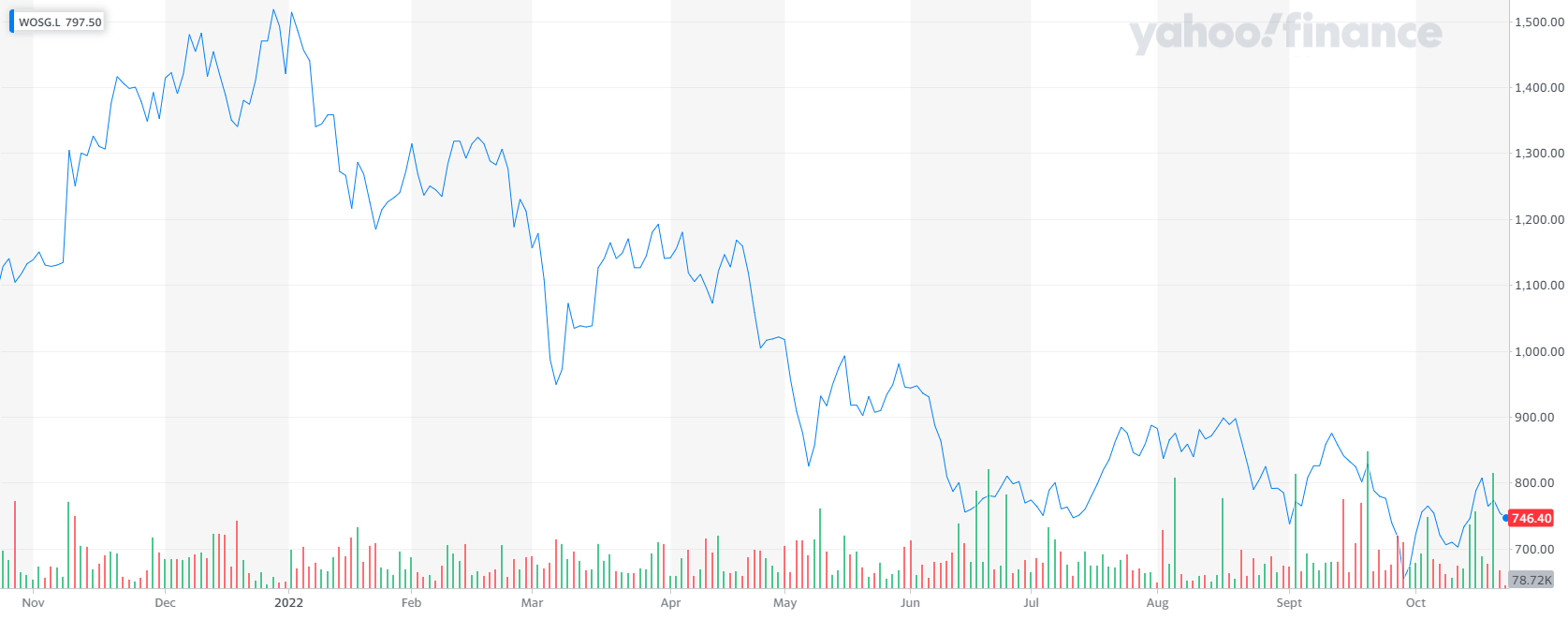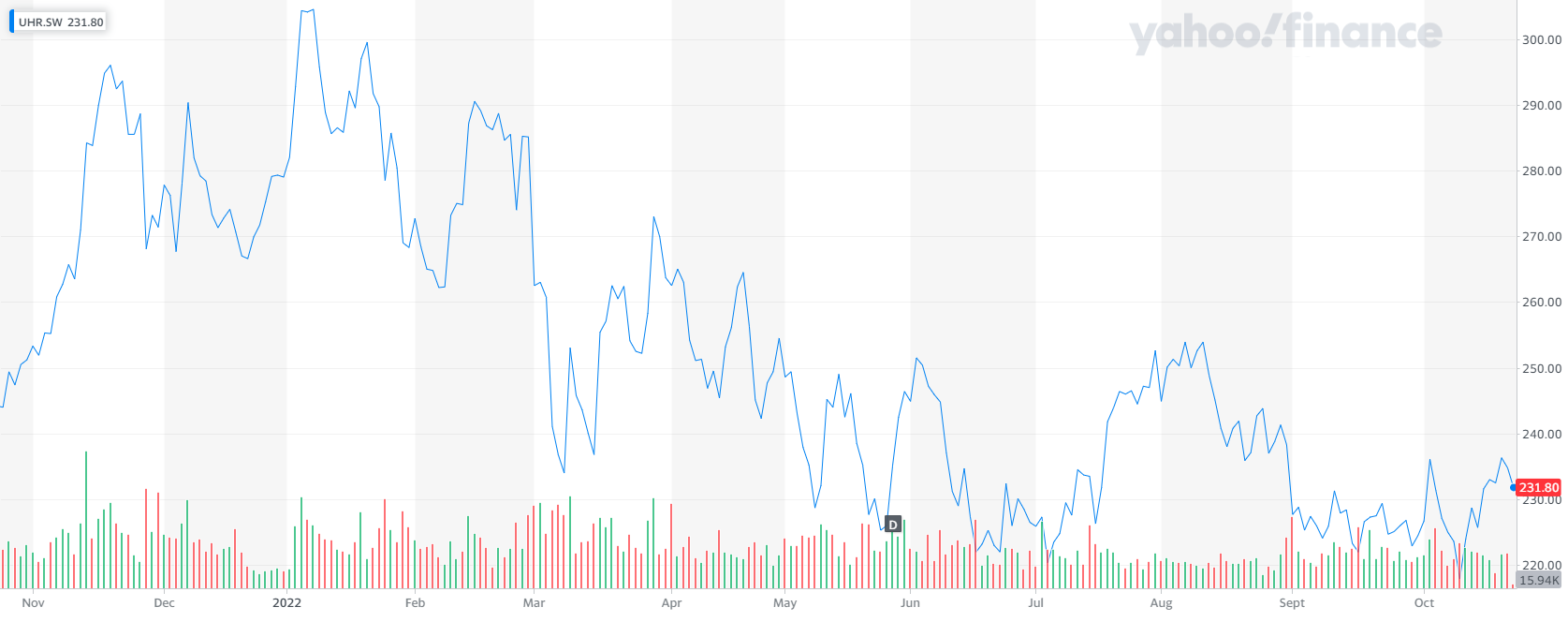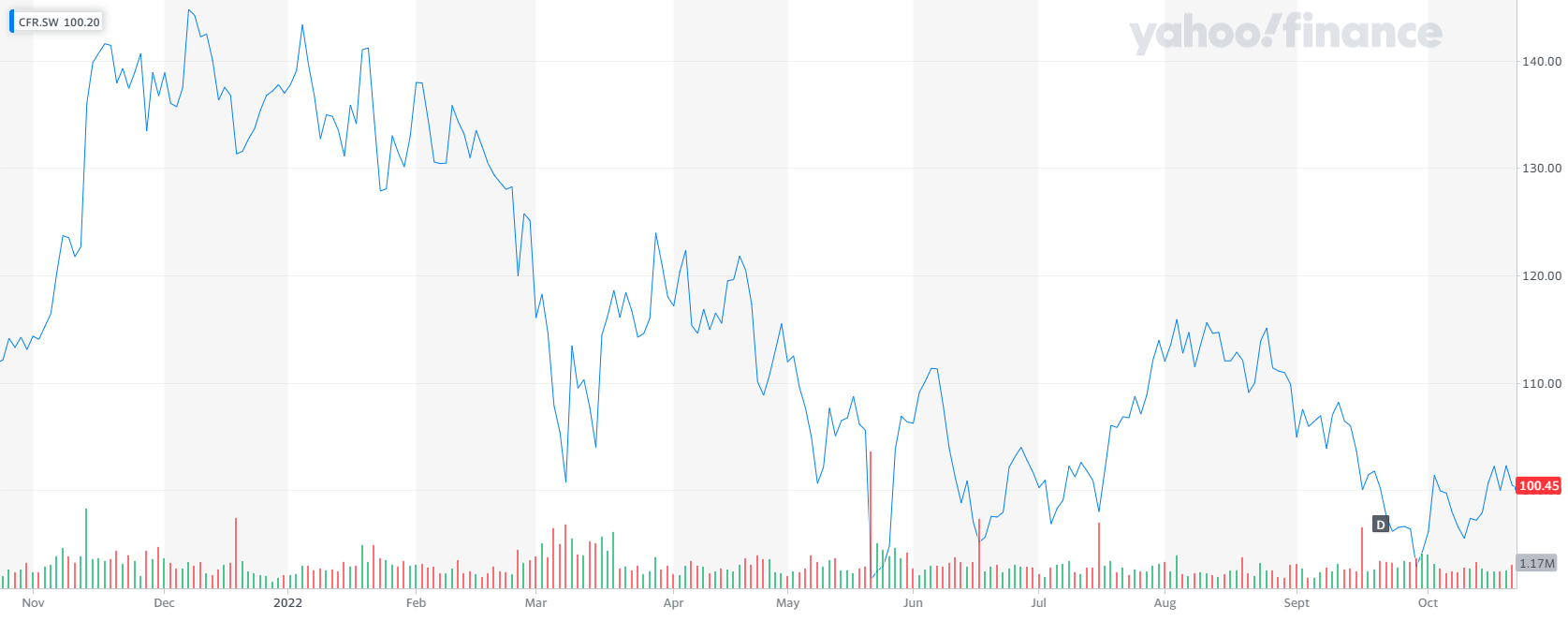It was a joy to be back in New York last week for WatchTime and the Wind-Up Watch Fair.
Getting out of Manhattan to affluent commuter towns in Connecticut and Long Island was even more restorative as the leaves were turning to gold beneath bright blue autumn skies.
But conversations with a number of brands and retailers left me in little doubt: winter is coming for the watch industry and, as tends to be the case in Game of Thrones, it could be a blood bath.
Most retailers were of the opinion that the remainder of this year will be fine.
The American market has been on fire for the past two years.
This strength is put down to a number of factors; in no particular order:
- A surge in interest for luxury watches due to people researching online during lock downs.
- Demand running ahead of supply, leading to surging prices on the secondary market and making watches a notable alternative investment.
- Zero interest paid on cash in the bank, encouraging people to splurge.
- Wealthy people, unable to travel or splurge on expensive restaurants during covid, cheering themselves up by spending on hard luxury goods like watches.
- Retailers and brands exploiting these conditions by pressing customers to buy watches they might only marginally desire in order to move up waiting lists for watches they really want.
- Empty display cases fueling panic buying. Remarkably, the same psychology that saw supermarket shelves stripped of toilet rolls also applies to Rolex watches.
I could go on.
The good news is that these factors and more have created such strong momentum, particularly at the top end of the watch business, that most executives I speak to are expecting a strong fourth quarter.
There was no evidence to the contrary during any of my visits to retailers, although stores did seem rather empty of customers, particularly in midtown Manhattan.
Most retailers also feel that the deteriorating economic situation will weaken demand next year, and could lead to a vicious downward cycle.
Inflation will erode the spending power of middle class households, which will have to tighten their belts. This will hit the low- to mid-market brands hardest.



Stock markets are down by around 20%.
This hits American demand hardest because people obsessively watch their pension portfolios and feel richer when they are up and poorer when they are down, even through they may be decades away from retirement.
China looks likely to continue with its zero covid policy, which is also hitting Hong Kong. Spending has shifted to places like Singapore and Dubai, but is still soft.
Optimists (and marketing professionals) will tell you the luxury market is different and that it defies gravity.
This is partly true, and we can see from the results from groups like Kering and LVMH this year that sales have been strong all year.
But things can change very quickly. People who have bought several prestige timepieces this year may think they should be a little more cautious in 2023 and buy only one or two.
These people make up a much higher proportion of the overall luxury watch market than ever before.
There are two types of customer falling into this category: super-rich collectors and people buying for investment purposes. There are reasons for both types to buy fewer watches in 2023.
“We have been returning deposits to both types of customers in recent months, when previously waiting lists were only growing,” one retailer told me.
How the next year plays out is far from certain, and you can take your own view on the market forces and potential outcomes discussed above, but one thing every executive is most fearful of is a return to over-supply as manufacturers fail to adjust production when, or if, demand returns to more normal levels.
We all remember what happened when Chinese customers curtailed their spending on flashy luxury goods on the orders of its leadership in 2015.
Retailers had to offer huge discounts to keep product moving, and luxury watches flooded the grey market at knock-down prices.
This dampened demand for authorised dealers in Western markets, so their showcases were over-stuffed as well with watches that could be bought online for far less.
While scarcity is the greatest friend of luxury watchmakers, over-supply is the greatest enemy.
Will manufacturers adjust supply in time? I doubt it, not least because it is extremely difficult to do so.
We often hear about it taking several years to increase production, the same is somewhat true when trimming is required since there are long and complicated supply chains that eventually feed into finished watches.
To achieve a soft landing, the industry — manufacturers and retailers — may need to accept smaller margins.
While it is difficult to perfectly adjust supply if demand falls off a cliff, it is possible to avoid that cliff edge in the first place by stimulating demand.
This can be done with long-term measures like building bigger and better stores, deploying sophisticated CRM systems and training sales staff to delight customers — all of which are expensive.
Shorter term, it is more to do with marketing, which needs to ramp up as demand weakens. That is not easy to do, particularly for publicly listed companies whose share price depends on rising and falling quarterly profits.
The industry needs to get these short term measures right to maintain its long term health.
Get it wrong and we could be set back seven years and start the bust and boom cycle all over again.

